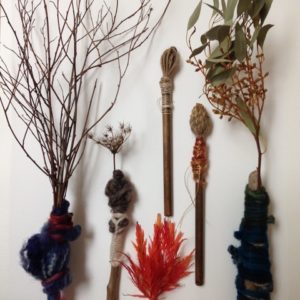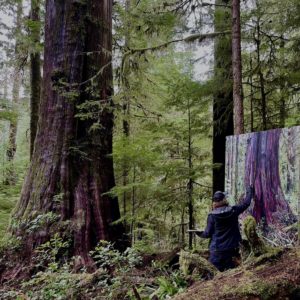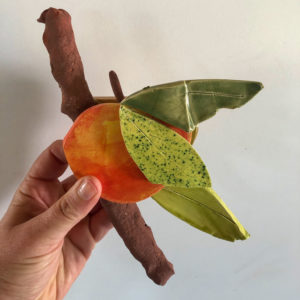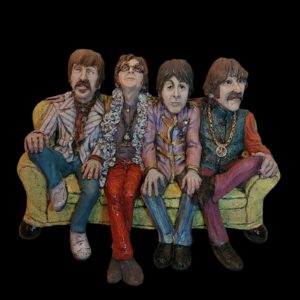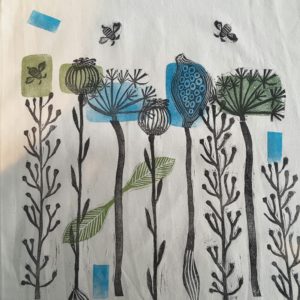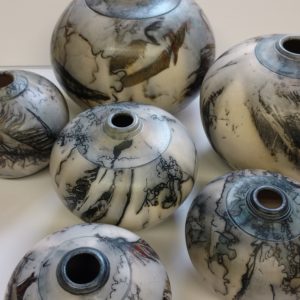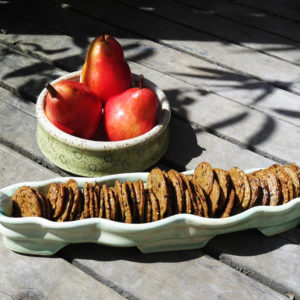Mark Making with Handmade Tools
To begin, students will be introduced to the art of making their own hand made brushes and mark making tools. Materials for the tools will come from things foraged in the wild* – forests, lanes, meadows, ocean shorelines or lakeside. Once the materials have been gathered, students will turn them into mark making tools using jute, string, linen thread, wool, wire, and anything else they choose.
Once students have created a selection of tools, they will begin to experiment with different kinds of gestural marks. Students will be shown a collection of hand made tools and given guidance about how to make their own tools. The instructor will demonstrate some mark making techniques using a variety of inks – sumi ink, india ink, walnut ink and acrylic ink. From there, students will experiment on their own. These unique marks can stand alone or, be used in conjunction with other art forms such as hand lettering, painting, or printmaking. Marks can be an effective way of conveying emotion in ways that conventional tools may not.
* IMPORTANT Care must be taken to not remove any wild botanical materials from protected areas, parks or land that is privately owned. Please respect the land and the plants that grow on it.
Read More